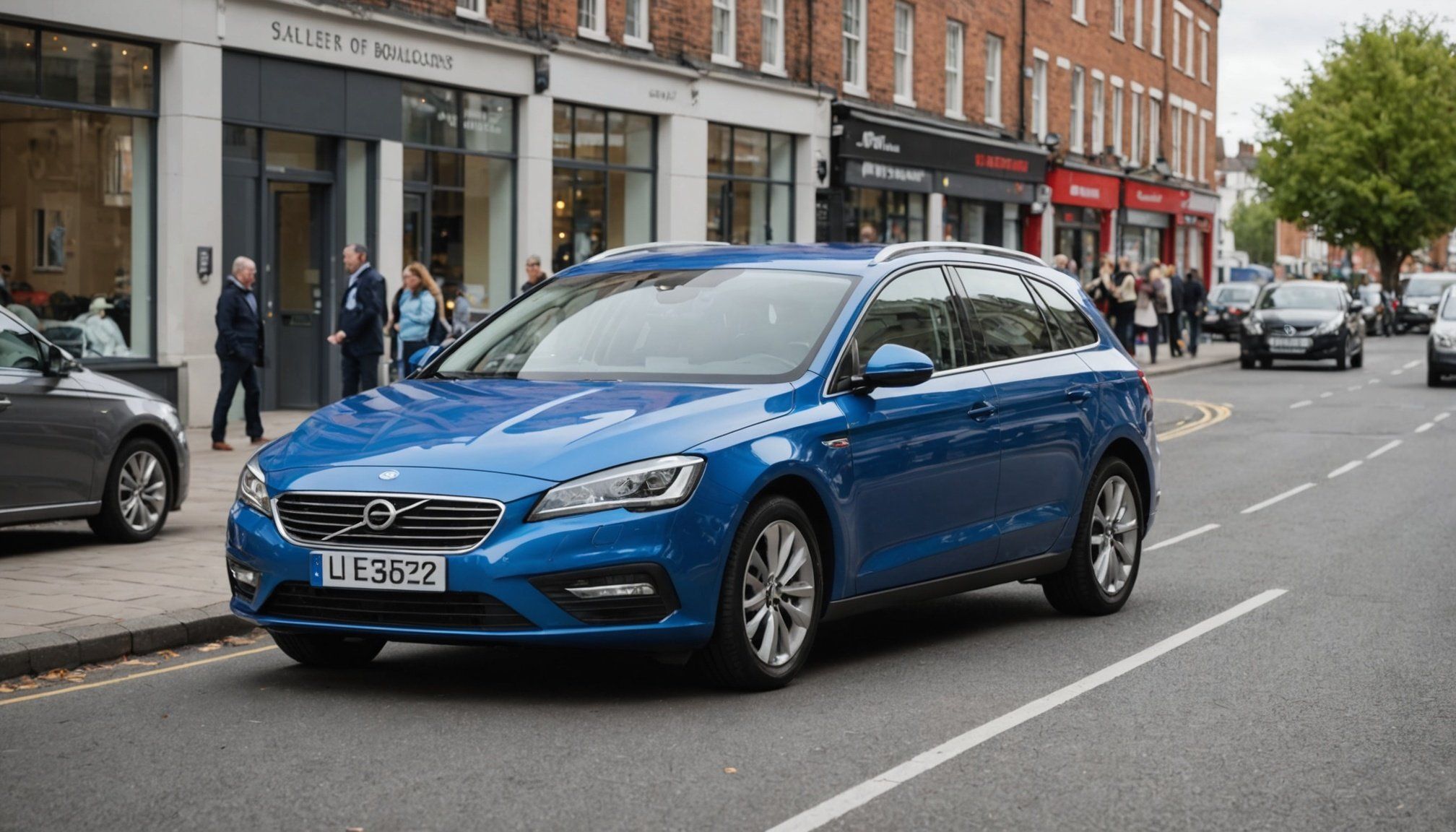In recent years, the automotive industry has witnessed significant changes in vehicle safety regulations, particularly in the wake of Brexit. As the United Kingdom has now separated from the European Union, the divergence between UK and EU vehicle safety standards has become more pronounced. Understanding these differences is crucial for manufacturers, drivers, and policymakers alike. This article will explore the notable distinctions in safety regulations for vehicles in the UK and EU, examining aspects such as compliance with emissions standards, crash test requirements, and ongoing updates to regulations. By doing so, we aim to provide a clear and comprehensive overview that informs you about the current landscape of vehicle safety in both regions.
The Role of Regulatory Bodies in Vehicle Safety
The regulation of vehicle safety is overseen by different agencies in the UK and EU. In the EU, the European Commission plays a pivotal role, establishing and enforcing standards that all member states must adhere to. These standards cover a wide range of safety aspects, from crashworthiness to emissions controls, ensuring that all vehicles meet stringent requirements before they can be sold. Furthermore, the European New Car Assessment Programme (Euro NCAP) evaluates the safety performance of new cars, providing consumers with valuable information about their safety rating.
In parallel : What should be included in a vehicle maintenance checklist for UK owners?
In contrast, the UK has its own regulatory framework, primarily governed by the Department for Transport (DfT) and the Vehicle Certification Agency (VCA). Post-Brexit, the UK has signaled its intention to maintain high standards while also allowing for the potential of divergence from EU regulations. This means that while the UK may adopt similar safety standards initially, it retains the flexibility to develop unique regulations in the future. The National Highway Traffic Safety Administration (NHTSA) and the British Standards Institution (BSI) also contribute to setting the tone for safety regulations in the UK, focusing on a combination of compliance with existing laws and innovation in safety technology.
It is essential for manufacturers and drivers to be aware of these governing bodies and the standards they uphold. The differing regulatory environments can lead to confusion, especially for those operating across borders. As the UK forges its path, ongoing cooperation and dialogue between the two regions will influence how safety regulations evolve and adapt to new challenges,
Have you seen this : What are the best strategies for negotiating a vehicle price in the UK?
Differences in Emission Regulations
One of the most notable areas of divergence between UK and EU vehicle regulations lies in the realm of emissions. The EU has implemented stringent emission regulations aimed at reducing air pollution and combating climate change. The Euro 6 standards, for instance, dictate the permissible levels of harmful pollutants from diesel engines. These regulations have pushed manufacturers to innovate and develop cleaner technology for their vehicles.
The UK has mirrored many of these emission standards, especially under the pre-Brexit framework. However, post-Brexit, the UK government has indicated a willingness to establish its own path concerning emissions and environmental goals. This could lead to variations in how emissions are monitored and enforced in the UK compared to the EU. For example, while both regions are targeting a reduction in carbon dioxide (CO2) emissions, the UK government has set its sights on achieving net-zero emissions by 2050, which may entail different approaches than those pursued by the EU.
As a result, manufacturers operating in both the UK and EU must stay abreast of these changes to ensure compliance. The potential for differing emissions controls may require companies to adapt their vehicles to meet separate regulations for each market. The implications are not just regulatory; they also impact the cost of production and, ultimately, the price that drivers pay for their vehicles. Furthermore, the shift in regulations may spur innovation, as manufacturers seek new ways to meet safety and emission standards while remaining competitive in both markets.
Crash Test Standards and Vehicle Safety Ratings
Another critical area of difference between UK and EU vehicle safety regulations pertains to crash test standards and the resulting safety ratings. In the EU, the Euro NCAP has established a comprehensive testing protocol that evaluates the performance of vehicles in various crash scenarios. This program provides consumers with easy-to-understand safety ratings, which have become an essential factor in purchasing decisions.
In the UK, while Euro NCAP results are widely recognized and utilized, the UK also has its own testing and certification processes. The VCA, operating under the DfT, collaborates with manufacturers to ensure that vehicles meet UK safety standards. However, there is potential for the UK to develop its own unique testing protocols, particularly as it seeks to tailor vehicle regulations that align with local objectives and preferences.
The distinction in crash test standards could affect how vehicles are marketed in both regions. For instance, if the UK chooses to adopt different criteria for awarding safety ratings, it could lead to confusion among drivers and affect the perception of vehicles across borders. Consumers in the UK might find themselves relying on a different set of criteria when assessing a car’s safety, which could influence their purchasing decisions. Additionally, manufacturers must anticipate these changes and be prepared to conduct additional testing to comply with both UK and EU standards.
In summary, while there is a significant overlap in crash test protocols between the UK and EU, the potential for divergence in testing methodologies could have profound implications for manufacturers and drivers alike.
Future Directions and Regulatory Evolution
The landscape of vehicle safety regulations in the UK and EU is continuously evolving, and the future promises to bring further changes. As technology advances, particularly with the rise of electric and autonomous vehicles, both regions will need to reevaluate their standards to ensure that they remain relevant and effective.
In the EU, the ongoing push towards sustainability and reducing carbon footprints will likely lead to more stringent emissions regulations. The European Green Deal aims to make Europe the first climate-neutral continent by 2050, which will undoubtedly affect vehicle safety and emission regulations. This ambitious plan will require manufacturers to adapt their technologies to comply with evolving regulations, possibly leading to innovations that enhance both safety and environmental performance.
Meanwhile, the UK is also focusing on sustainability, with the government pledging to ban the sale of new petrol and diesel cars by 2030. This move signifies a shift towards electric vehicles and could prompt the UK to implement unique safety standards that cater specifically to these new types of vehicles. As the UK car market transitions, there may be a need for novel testing protocols to ensure that electric and hybrid vehicles meet safety expectations.
The potential for further divergence between UK and EU vehicle safety regulations is evident. Manufacturers and drivers must stay informed about these changes to navigate the complex landscape of compliance effectively. As both regions strive for higher standards in safety and emissions, ongoing dialogue and collaboration will be essential in addressing shared challenges and creating a safer, greener future for all road users.
Navigating the complexities of vehicle safety regulations in the UK and EU can be daunting for manufacturers, drivers, and stakeholders in the automotive industry. While there are many similarities in standards, the differences that exist—particularly in the realms of emissions regulations, crash test protocols, and future regulatory directions—cannot be overlooked. As the UK charts its course post-Brexit, maintaining high safety standards while evolving regulations will be paramount. This ongoing evolution will require all parties to remain vigilant, informed, and adaptable to ensure compliance and the safety of all road users. Understanding these regulatory frameworks will empower you to make informed decisions in a rapidly changing automotive landscape.











